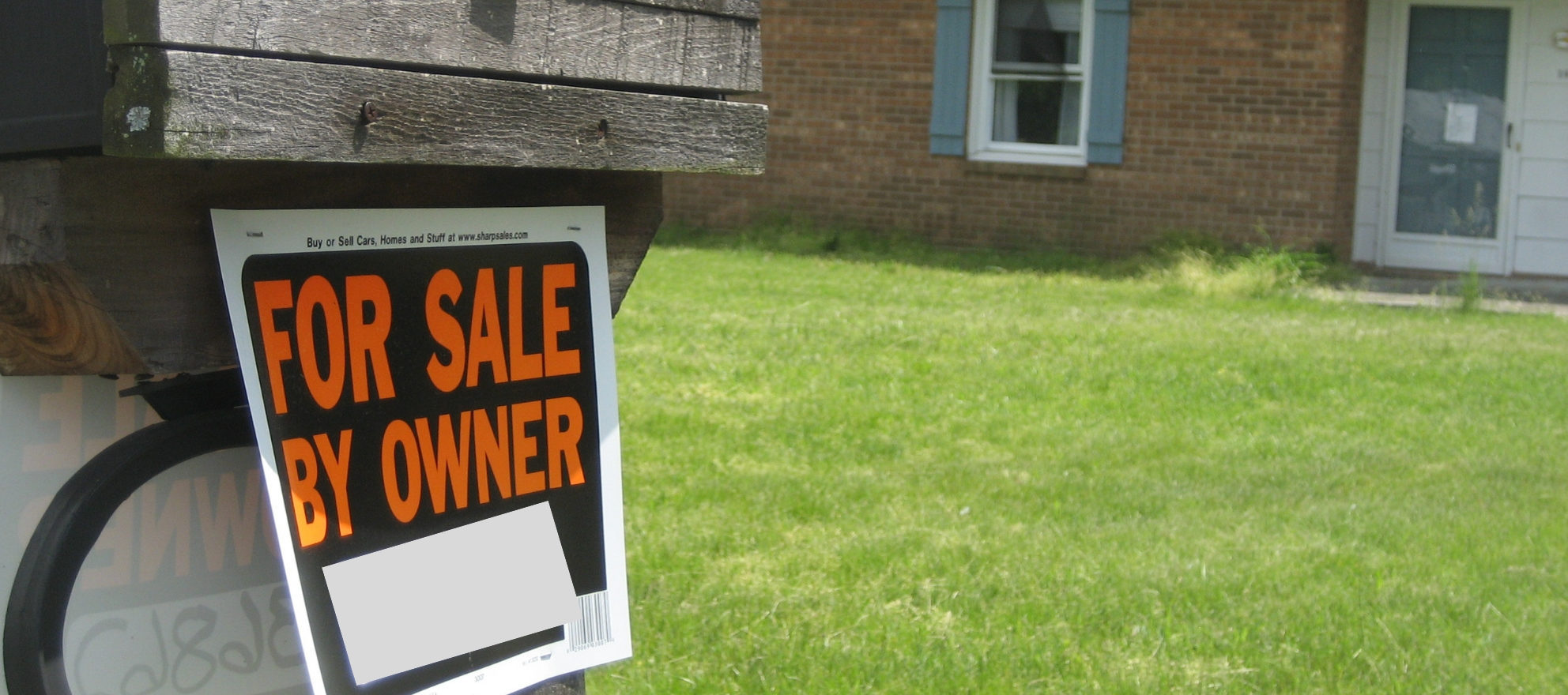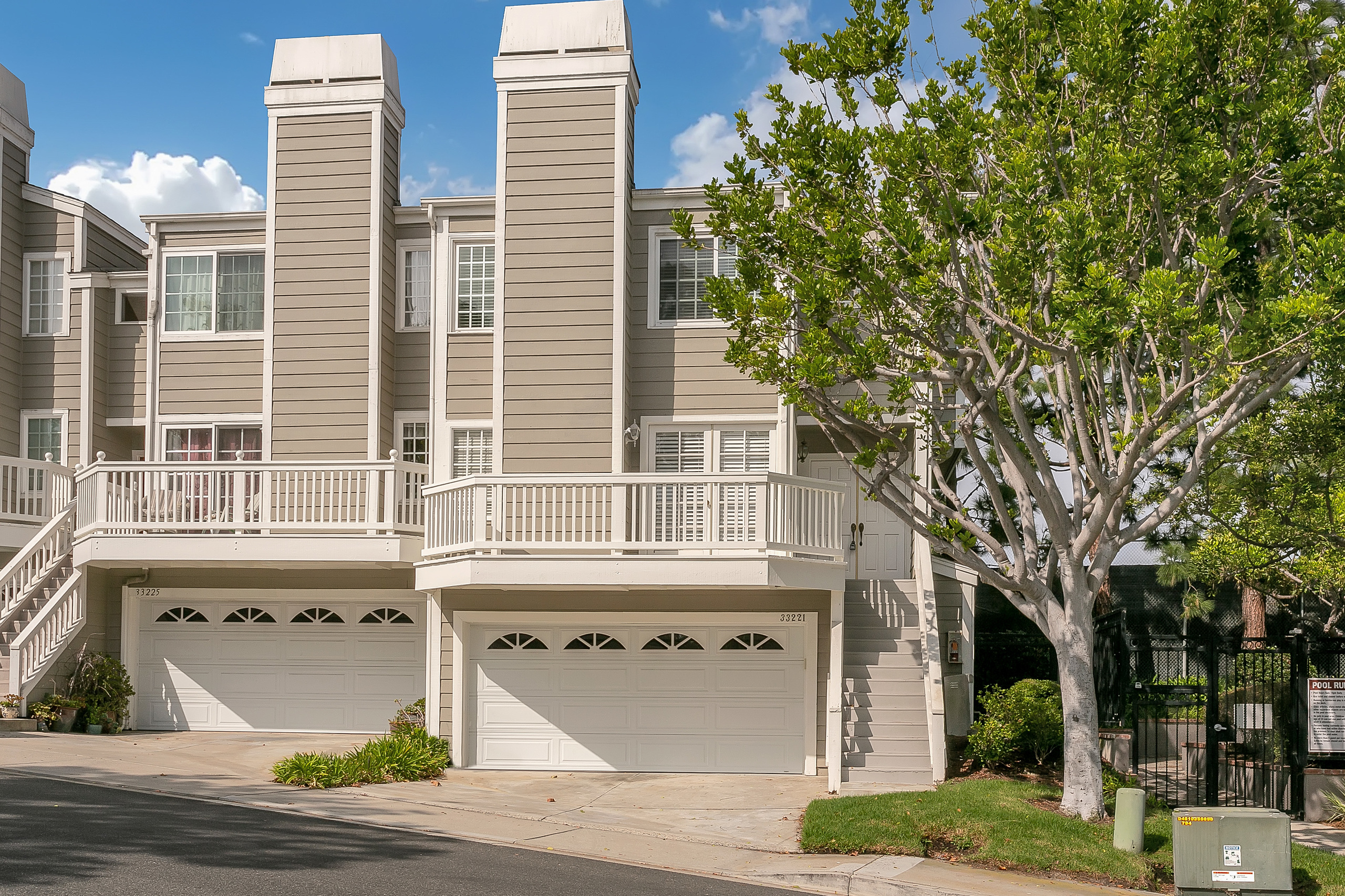This summer we’re looking at the state of the luxury agent and broker in today’s increasingly complex real estate market. There’s a tectonic shift taking place in the ultra-luxury market that may leave many of today’s mega-mansions languishing on the market. In fact, the very amenities that many people have valued in the past may make their property worth less, rather than more.
According to Frank McKinney, “the world’s most luxury spec builder,” there’s a shift taking place in the ultra-luxury market where high-net-worth clients still seek grandeur, opulence and artistry, but now prefer properties that don’t require the hassle and the expense of maintaining a 20,000- to 30,000-square-foot house on a massive oceanfront lot.
This may also be the reason he is billing his most recent build, a $20 million Palm Beach oceanfront mansion to be completed later this year, as his “final masterpiece.”
In fact, McKinney’s most recent build and sale was Salacia,” a “mini-mansion” packed with all the amenities you would expect in a $20 million property, but scaled down to a very manageable 4,000 square feet. It recently sold for $2.3 million, a record price-per-square-foot in the area.
Ultra-luxury clients are opting for fewer hassles, lower costs
There’s certainly plenty of evidence for McKinney’s position. The Four Seasons and the Ritz Carlton hotels have been building properties that people can purchase and then rent out during the times when they’re not in use.
A slightly different approach are the “fractionals” where several owners may share a partial interest in the same luxury unit. One version of these is the ultra-luxury vacation club.
My brother-in-law belonged to one of these clubs for many years. He booked destinations worldwide, including a trip for our entire family where we stayed in a beautiful, totally-updated villa in Tuscany.
The property captured the ambience of the original Tuscan construction but still offered all the amenities one would expect in a ultra-luxury property, including a personal concierge who stocked groceries and saw to our every need.
The beauty of these clubs for the ultra-luxury client is the wide variety of destinations available, plus the turnkey concierge service that make these destinations hassle-free.
The factors driving the trend
The changes in U.S. tax laws and the limits on deduction are certainly factors driving this trend. According to Mansion Global, however, this issue is not limited to the United States:
Outside of the United States, double-digit stamp duty — or tax on real estate transactions — in places like Sydney and London will continue to cool luxury markets there, particularly among foreign investors and second-home buyers.
Ken Jacobs, a Sydney-based luxury broker with Christie’s International Real Estate, said he’s already seen several eight-digit deals fall through since stamp duty on foreign buyers doubled in July in Australia.
Meanwhile in the U.K., an 18-month-old hike in stamp duty will continue to dog the British luxury market, where prices are predicted to flatline next year.
In addition to changes in the tax laws, there are two other factors driving this trend. First, there is less demand, especially among foreign buyers. Second, prices have been outpacing what buyers are willing to pay, according to CNBC:
The most expensive real estate in America just became a little less expensive — with $1 billion in price cuts among America’s top listings over the past few months, according to a CNBC analysis.
The high-end real estate market has seen steep price cuts in recent months as foreign buyers dry up, new tax laws bite the wealthiest states and sellers realize the market peak of 2014-2015 isn’t coming back anytime soon, luxury brokers say.
According to Redfin, the real-estate brokerage and research firm, fully 12 percent of homes listed for $10 million or more saw a price drop in 2018 — double the levels of 2016 and 2015. Just over 500 listings in the U.S. had a combined price cut of $1 billion in the second quarter, according to Redfin.
“Prices were growing too fast for what buyers were willing to pay,” said Taylor Marr, a senior economist at RedFin.
A surprising twist: whiteboxing
While builders like McKinney cater to those who want a turnkey property that is ready for them to move into tomorrow, “whiteboxing” is the exact antithesis.
“Whiteboxing” refers to stripping the furnishing and finishes down to the bare walls or the studs to create homes that are “designer ready.”
Because luxury buyers normally want something that is customized to fit their taste, this approach is now making these properties worth more because the buyer doesn’t have to go through the hassle of ripping out and disposing of what’s in the property.
According to Jade Mills of Coldwell Banker in an interview with CNBC: “Now there’s increasing recognition that ‘designer ready’ is exceedingly more attractive than ‘move in ready’ to the ultra-wealthy.”
What does your luxury client want?
Many luxury agents opt to show their clients the most luxurious properties available in their price range, but that might not be what today’s ultra-luxury buyer wants.
Consequently, it’s important to inquire about the options that best suit their lifestyle, and if there’s a whiteboxing property available that may be of interest to them, show it to them.
This article was pulled directly from Inman News with no curation or modification by Affinity Hills Realty. The views and opinions of authors expressed in this publication do not necessarily state or reflect those of Affinity Hills Realty, its affiliated companies, or their respective management or personnel.







